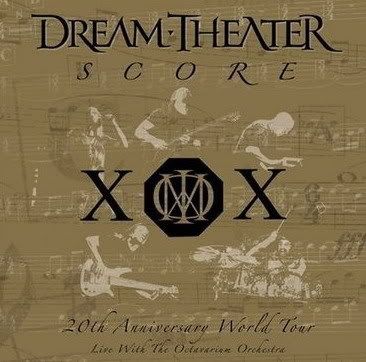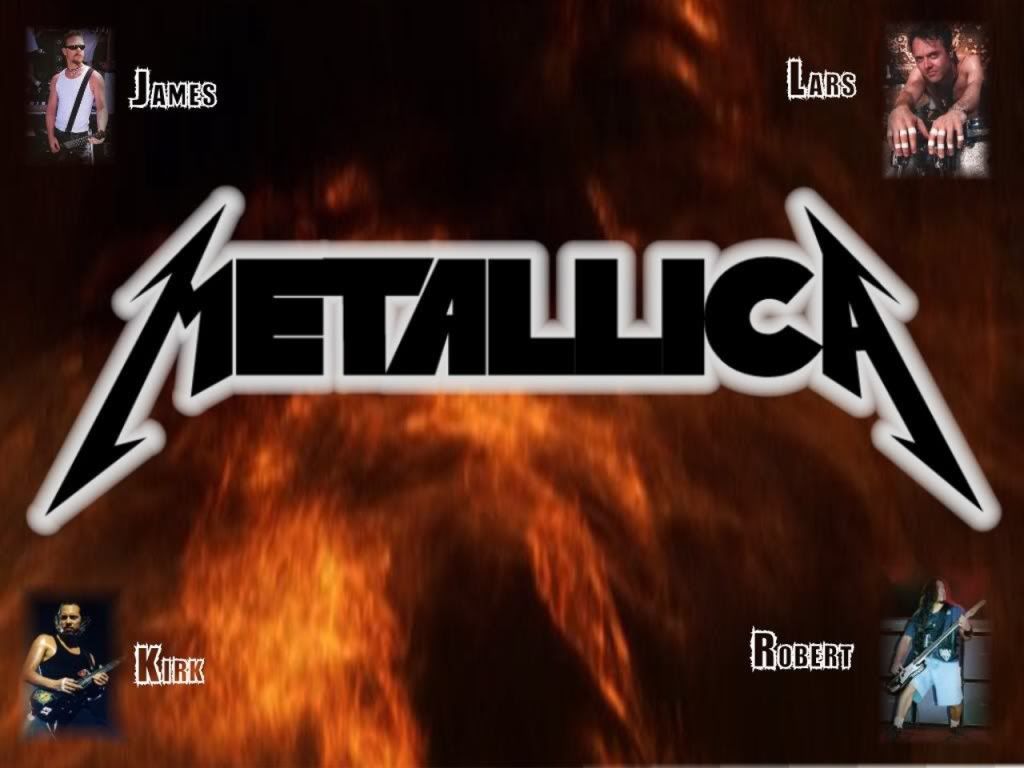Sometimes people playing guitar with major scale, so what is major scale?
The Major scale, which is sometimes referred to as the Ionian mode, is a popular scale used in music to create a happy, positive feeling in songs. It is used in creating major chords. As you probably know from previous lessons on this site, a scale is a series 8 notes which begin and end on an octave. What separates major scales from other scales is how the notes are separated from each other. The major scale follows this pattern: W-W-H-W-W-W-H
Also from previous lessons on this site, you'll recall that the notes on your guitar are separated this way:
A (1) B (1/2) C (1) D (1) E (1/2) F (1) G (1) A
A "1" indicates a whole step, the "1/2" indicates the notes are separated by a half step. W stands for whole steps, H for half steps. (Perhaps I am oversimplifying this)
For this lesson, we are going to work with the A major scale. By using the information above, we can conclude that the A major scale contains the following notes: A,B,C#,D,E,F#,G#,A. Lets get started with an A major scale starting on the 5th fret of the top E string. (an A note) .
E ||-F-|----|-G-|----|-A-|----|-B-|-C-|----|-D-|----|-E-|-F-|----|-G-|
B ||-C-|----|-D-|----|-E-|-F-|----|-G-|----|-A-|----|-B-|-C-|----|-D-|
G ||----|-A-|----|-B-|-C-|----|-D-|----|-E-|-F-|----|-G-|----|-A-|----|
D ||----|-E-|-F-|----|-G-|-X-|-X-|----|-B-|-C-|----|-D-|----|-E-|-F-|
A ||----|-B-|-C-|----|-X-|----|-X-|-F-|-X-|-G-|----|-A-|----|-B-|-C-|
E ||-F-|----|-G-|----|-X-|----|-X-|-C-|-X-|-D-|----|-E-|-F-|----|-G-|
.
Here is the same thing, only an octave higher.
E ||-F-|----|-G-|----|-A-|----|-B-|-C-|----|-D-|----|-E-|-F-|----|-G-|
B ||-C-|----|-D-|----|-E-|-F-|-X-|-G-|-X-|-X-|----|-B-|-C-|----|-D-|
G ||----|-A-|----|-B-|-C-|-X-|-X-|----|-X-|-F-|----|-G-|----|-A-|----|
D ||----|-E-|-F-|----|-G-|----|-X-|----|-X-|-C-|----|-D-|----|-E-|-F-|
A ||----|-B-|-C-|----|-D-|----|-E-|-F-|----|-G-|----|-A-|----|-B-|-C-|
E ||-F-|----|-G-|----|-A-|----|-B-|-C-|----|-D-|----|-E-|-F-|----|-G-|
Here is the remaining notes for this pattern.
E ||-F-|----|-G-|----|-A-|----|-X-|-C-|-X-|-X-|----|-E-|-F-|----|-G-|
B ||-C-|----|-D-|----|-E-|-F-|----|-G-|----|-A-|----|-B-|-C-|----|-D-|
G ||----|-A-|----|-B-|-C-|----|-D-|----|-E-|-F-|----|-G-|----|-A-|----|
D ||----|-E-|-F-|----|-G-|----|-A-|----|-B-|-C-|----|-D-|----|-E-|-F-|
A ||----|-B-|-C-|----|-D-|----|-E-|-F-|----|-G-|----|-A-|----|-B-|-C-|
E ||-F-|----|-G-|----|-A-|----|-B-|-C-|----|-D-|----|-E-|-F-|----|-G-|
.
Combine these three (2 1/2 actually) scales together and you have a scale spanning 2 1/2 octaves. You can use this for soloing, fingering exercises or for dazzling your friends.
Here it is in normal tab form:
E||-----------------|-----------------|-----------------|
B||-----------------|-----------------|-----------------|
G||-----------------|-----------------|------6---7---9--|
D||-----------------|----------6---7--|--9--------------|
A||--------------5--|--7---9----------|-----------------|
E||--5---7---9------|-----------------|-----------------|
----------------7---|--9---10----||
--7---9----10-------|------------||
--------------------|------------||
--------------------|------------||
--------------------|------------||
--------------------|------------||
Here is a map of where the A major scale can be played on the fretboard.
X ||-F-|-X-|-G-|-X-|-A-|----|-X-|-C-|-X-|-X-|----|-X-|-F-|-X-|-G-|
X ||-C-|-X-|-X-|----|-X-|-F-|-X-|-G-|-X-|-A-|----|-X-|-C-|-X-|-X-|
G ||-X-|-A-|----|-X-|-C-|-X-|-X-|----|-X-|-F-|-X-|-G-|-X-|-A-|----|
X ||----|-X-|-F-|-X-|-G-|-X-|-A-|----|-X-|-C-|-X-|-X-|----|-X-|-F-|
A ||----|-X-|-C-|-X-|-X-|----|-X-|-F-|-X-|-G-|-X-|-A-|----|-X-|-C-|
X ||-F-|-X-|-G-|-X-|-A-|----|-X-|-C-|-X-|-X-|----|-X-|-F-|-X-|-G-|
.
Now an A major scale does not need to start on an A, yet A can still be the root. For example, here is an A major scale beginning on F#, but A is the root.
.
E ||-F-|-X-|-G-|-X-|-X-|----|-B-|-C-|----|-D-|----|-E-|-F-|----|-G-|
B ||-C-|-X-|-X-|----|-X-|-F-|----|-G-|----|-A-|----|-B-|-C-|----|-D-|
G ||-X-|-X-|----|-X-|-C-|----|-D-|----|-E-|-F-|----|-G-|----|-A-|----|
D ||----|-X-|-F-|-X-|-G-|----|-A-|----|-B-|-C-|----|-D-|----|-E-|-F-|
A ||----|-X-|-C-|-X-|-X-|----|-E-|-F-|----|-G-|----|-A-|----|-B-|-C-|
E ||-F-|-X-|-G-|-X-|-X-|----|-B-|-C-|----|-D-|----|-E-|-F-|----|-G-|
.
In tablature format:
E||------------------|------------------|----------------|
B||------------------|------------------|--------------2-|
G||------------------|------------------|--1---2---4-----|
D||------------------|----------2---4---|----------------|
A||--------------2---|--4---5-----------|----------------|
E||--2---4---5-------|------------------|----------------|
----------2---4----|--5---||
--3---5------------|------||
-------------------|------||
-------------------|------||
-------------------|------||
-------------------|------||
You can solo in this pattern when a rhythm player is playing in the key of A. Which means he/she is playing a chord progression starting in A, but that's another lesson.
That about does it for the Major scale for now. For practice, try creating major scales with different roots, such as an E for example. Have fun, peace.

 This is an acoustic steel string I made many years ago and still have. It was constructed of mahogany and Sitka Spruce
This is an acoustic steel string I made many years ago and still have. It was constructed of mahogany and Sitka Spruce Check the string height at the "nut" location. It should hold the strings high enough above the 1st fret so there is no "buzz" heard.
Check the string height at the "nut" location. It should hold the strings high enough above the 1st fret so there is no "buzz" heard. If the string height at the fret board around the body joint is too high it can make playing difficult.
If the string height at the fret board around the body joint is too high it can make playing difficult.



























































